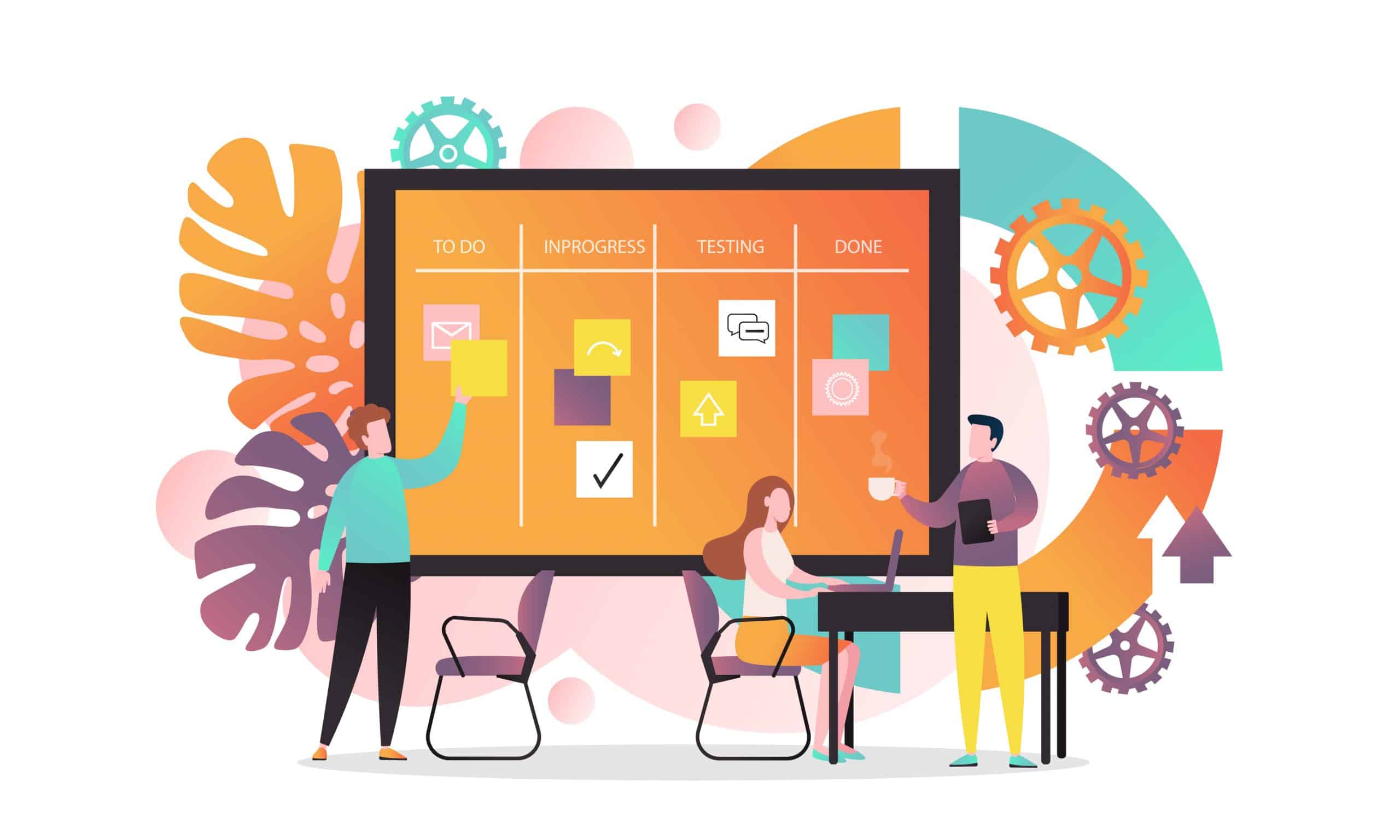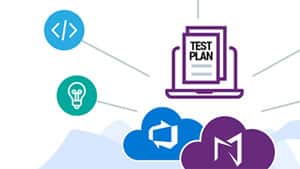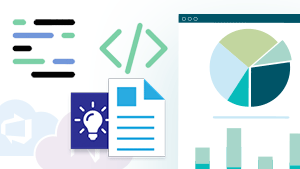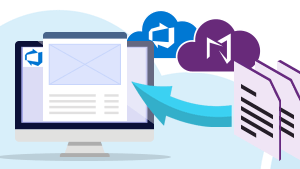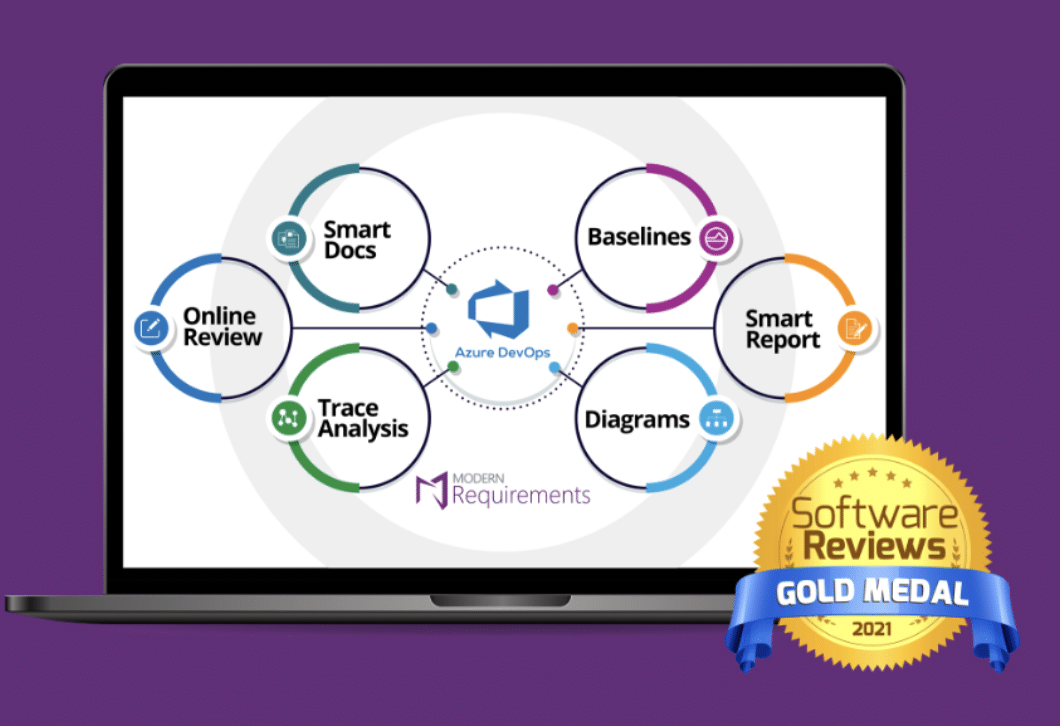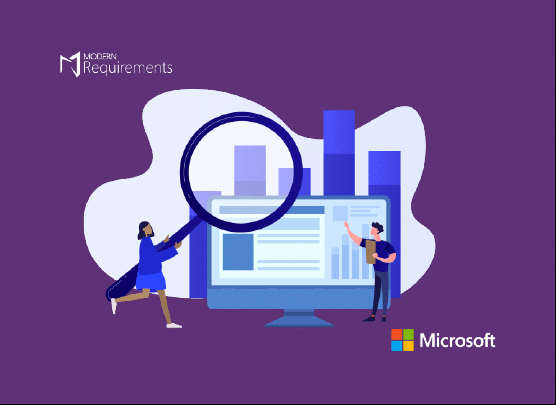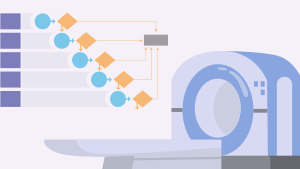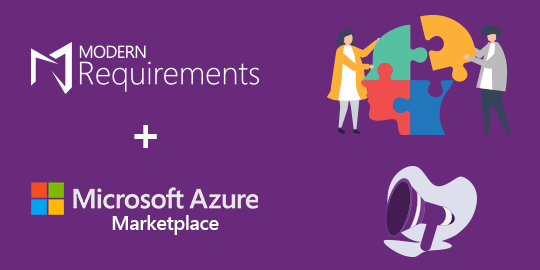The FMEA teams should incorporate the relevant compliance regulation and requirements management as they complete product evaluation and mitigation of potential failures.
Continue readingUnderstanding DevOps and how to Automate It
Today’s rapid technology sector growth puts development and IT operation teams under constant pressure to meet increased customer expectations for different applications.
Continue readingDocumenting Azure DevOps Test Plans
In this article you get a brief overview of what the Azure DevOps Test Plans module is how it works, and how you can document your test outcomes easily. You will also learn about the architecture of Azure DevOps itself.
Continue readingParameterized Requirements
Parameterized Requirements allow users to define parameters by products and reference the parameters across work item HTML fields.
Continue readingWord Import UI
Microsoft Azure customers worldwide now gain access to Modern Requirements4DevOps to take advantage of the scalability, reliability, and agility of Azure to drive application development and shape business strategies.
Continue readingModern Requirements Named Gold Medalist & a Winner in the 2021 SoftwareReviews Best Requirements Management Awards
Microsoft Azure customers worldwide now gain access to Modern Requirements4DevOps to take advantage of the scalability, reliability, and agility of Azure to drive application development and shape business strategies.
Continue readingMicrosoft and Modern Requirements Host Free Webinar on Preparing for the Future of Requirements Management
Microsoft Azure customers worldwide now gain access to Modern Requirements4DevOps to take advantage of the scalability, reliability, and agility of Azure to drive application development and shape business strategies.
Continue readingHow to Facilitate the Medical Device Design Controls in Azure DevOps
Today’s medical device companies are being challenged like never before. The market for medical devices is growing at approximately 5% compounded each year. KPMG, in a recent report, estimated that this market will reach about $800 billion dollars by 2030.
Continue readingModern Requirements4DevOps Now Available in the Microsoft Azure Marketplace
Microsoft Azure customers worldwide now gain access to Modern Requirements4DevOps to take advantage of the scalability, reliability, and agility of Azure to drive application development and shape business strategies.
Continue readingTest Hub Reporting and Trace Analysis with Modern Requirements4DevOps
As an administrator, you can control how users access and interact with their Modern Requirements4DevOps projects by applying admin settings.
Continue reading

